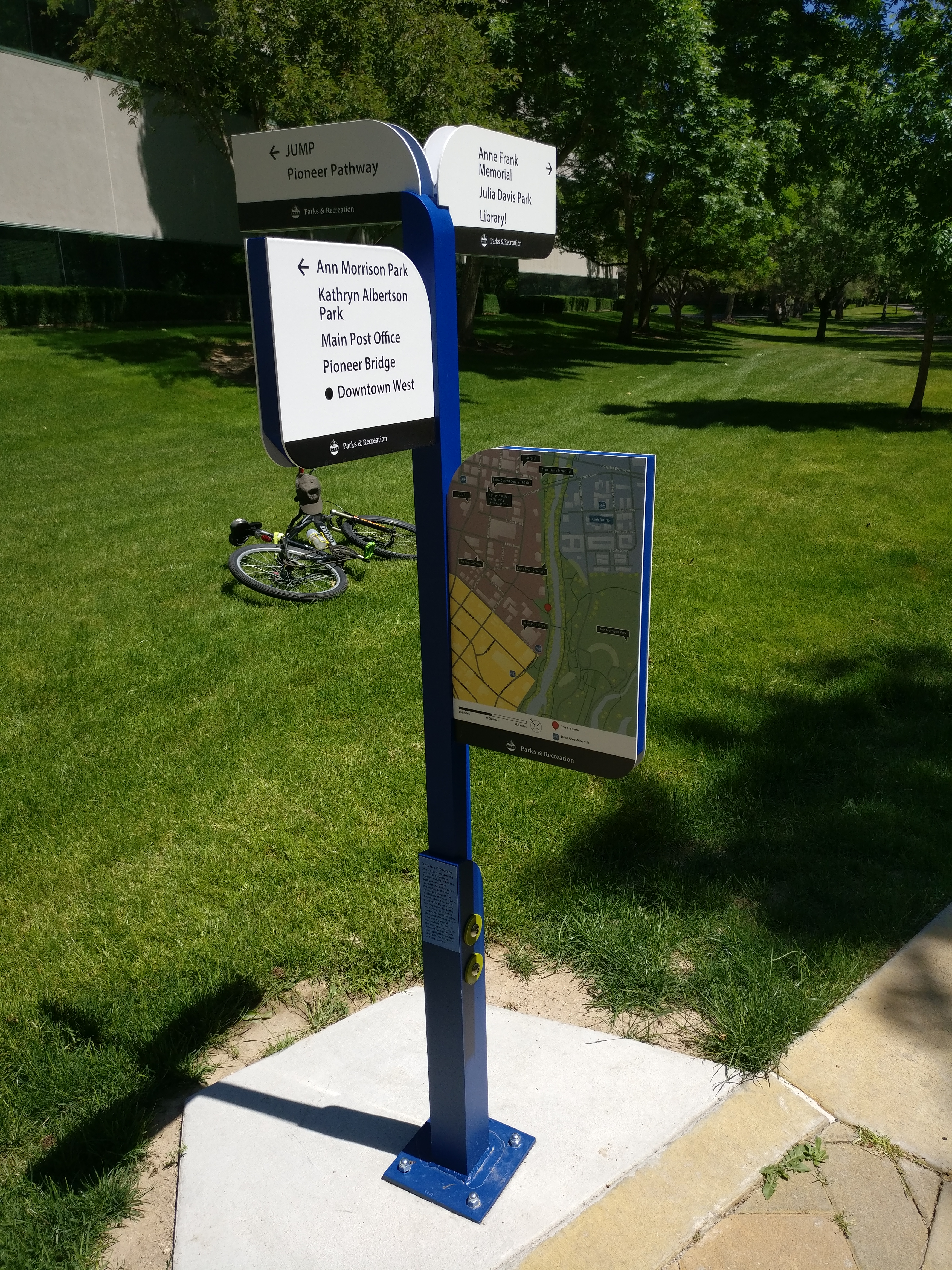Fascination About How to Make a Product Prototype - Innovate

4 Simple Techniques For How To Create A Prototype And Validate Your Idea?
Opinions revealed by Entrepreneur contributors are their own. Among the important early steps in the inventing process is developing a prototype-- which, just specified, is a three-dimensional version of your vision. Producing a model can likewise be among the most enjoyable and gratifying steps you'll take. That's since developing a model provides you the chance to really tap into your creativity, using those abilities that motivated your creation concept in the first place.
So exactly what should a prototype look like? Initially, it depends on your concept. Second, it depends on your budget plan and your objectives. If possible, it's fantastic to begin with a handcrafted prototype, no matter how fundamental. For instance, I've seen models made from the easiest of household products: socks, diaper tabs, home glue, empty milk containers-- you call it.


Apple made a pair of clear AirPods and we want them - Macworld
Eventually, if you decide to progress with your development, you'll probably need what's referred to as a "pre-production" model-- specifically if you plan to manufacture it yourself rather than certify it. However as a primary step, a homemade "discussion" model can offer you an excellent running start. A prototype provides other benefits, too: 1.
What Does Top Prototyping Tips From the Mako Team Do?
Sure, your idea works completely in theory. Another Point of View 's not until you begin physically producing it that you'll encounter flaws in your thinking. That's why another fantastic reason to establish a prototype is to test the functionality of your concept. You'll never know the design problems and obstacles until you begin actually taking your idea from theory to truth.

Prototype 4 (Decade) - Blu Dot
It makes it possible to evaluate the efficiency of different products. For example, your heart might be set on utilizing metal-- until you check it and realize that, say, plastic performs better at a lower cost for your particular application. The model phase will assist you identify the best materials. 3.
4. It will encourage others to take you more seriously. When you get here with a model in hand to meet any expert-- from your own attorney to a possible licensing business-- you separate yourself from the dozens of others who have actually approached them with only unclear concepts in mind. Rather, you'll be considered as an expert with a purpose, as opposed to just a creator with a possibly good idea.
